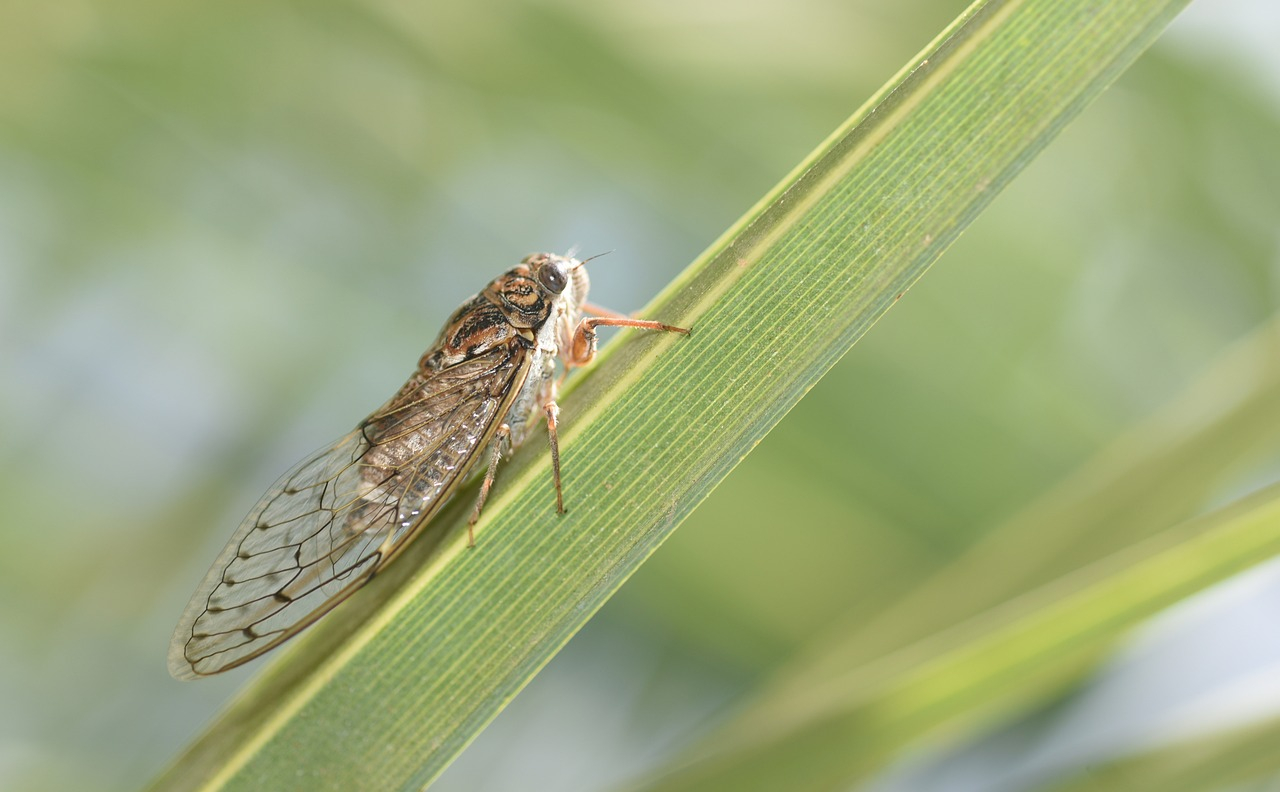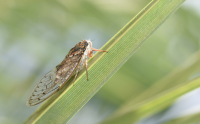This rare moment of synchronization, dubbed "cicada-geddon" by entomologists from the University of Connecticut, brings not only scientific fascination but also certain challenges for the residents of the region. Although these cicadas do not pose a direct threat to humans or animals, they can cause damage to young trees and fruit bushes by gathering too intensively on the branches.
What will you learn?
1. What phenomenon occurred in the southeastern United States for the first time in two centuries?
2. What is "cicada-geddon" and who named it?
3. What are the long-term impacts of cicadas on local ecosystems?
4. What challenges do mass cicada emergences pose for the residents of the region?
5. How do cicadas contribute to the biological renewal of the environment?
It is interesting how these cicadas can survive in hiding for such a long time, adapting to specific environmental conditions that dictate their emergence. During this time underground, the cicadas go through several developmental phases before they are finally ready to come to the surface.
Once they appear outside, they begin their life above ground, which is as short as it is spectacular. Their loud song, comparable to the sound of jet engines, is actually a mating ritual aimed at attracting partners. Despite potential inconveniences, for many people, this sound has its charm and brings with it a sense of nature's renewal.
Periodic cicadas are also an important part of local ecosystems. Their mass emergence serves as a food source for many predator species, and their death provides fertilizer for plants. In this way, even after their death, they contribute to the biological renewal of the environment in which they lived.
This year has therefore brought not only challenges for local communities but also an extraordinary opportunity to observe and learn about one of the most fascinating phenomena of nature. Although the appearance of the cicadas may be bothersome for some, it reminds us of the extraordinary complexity and rhythm of life on our planet, offering both residents and scientists valuable natural lessons.















